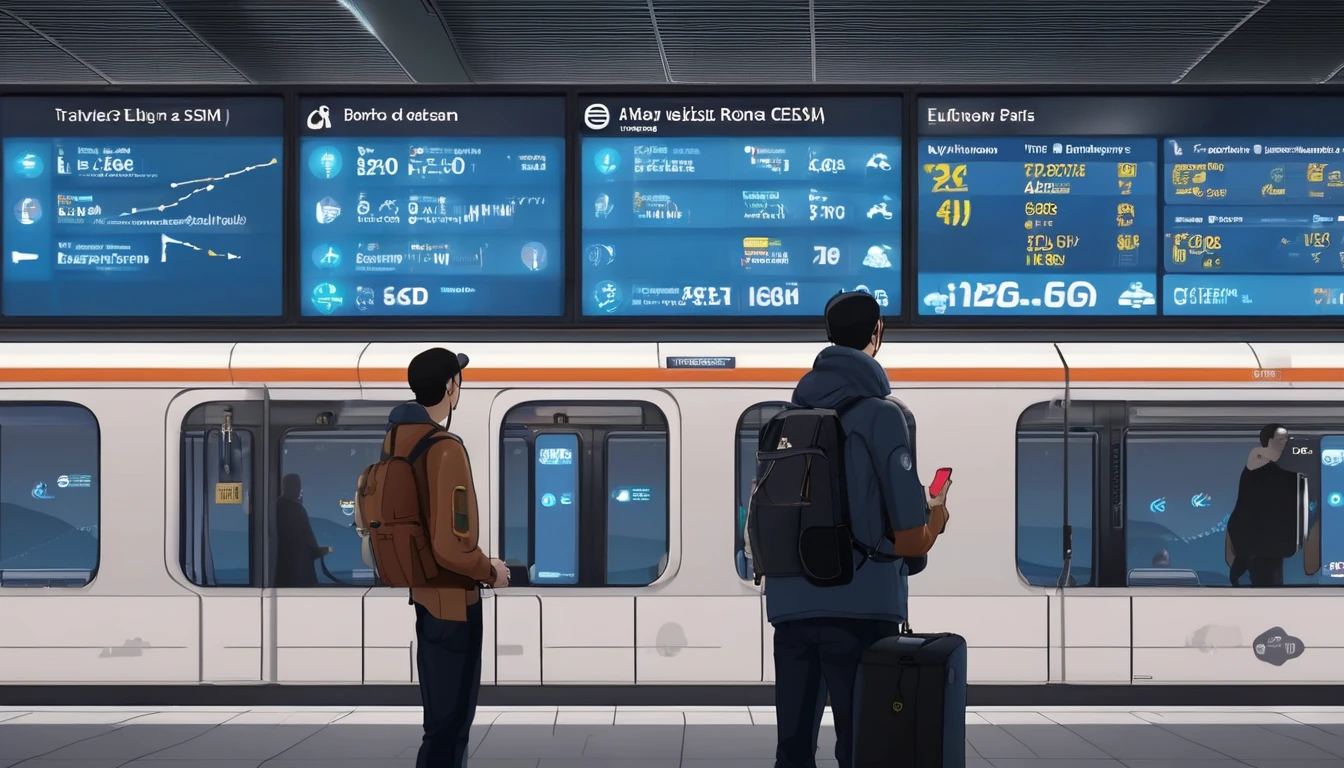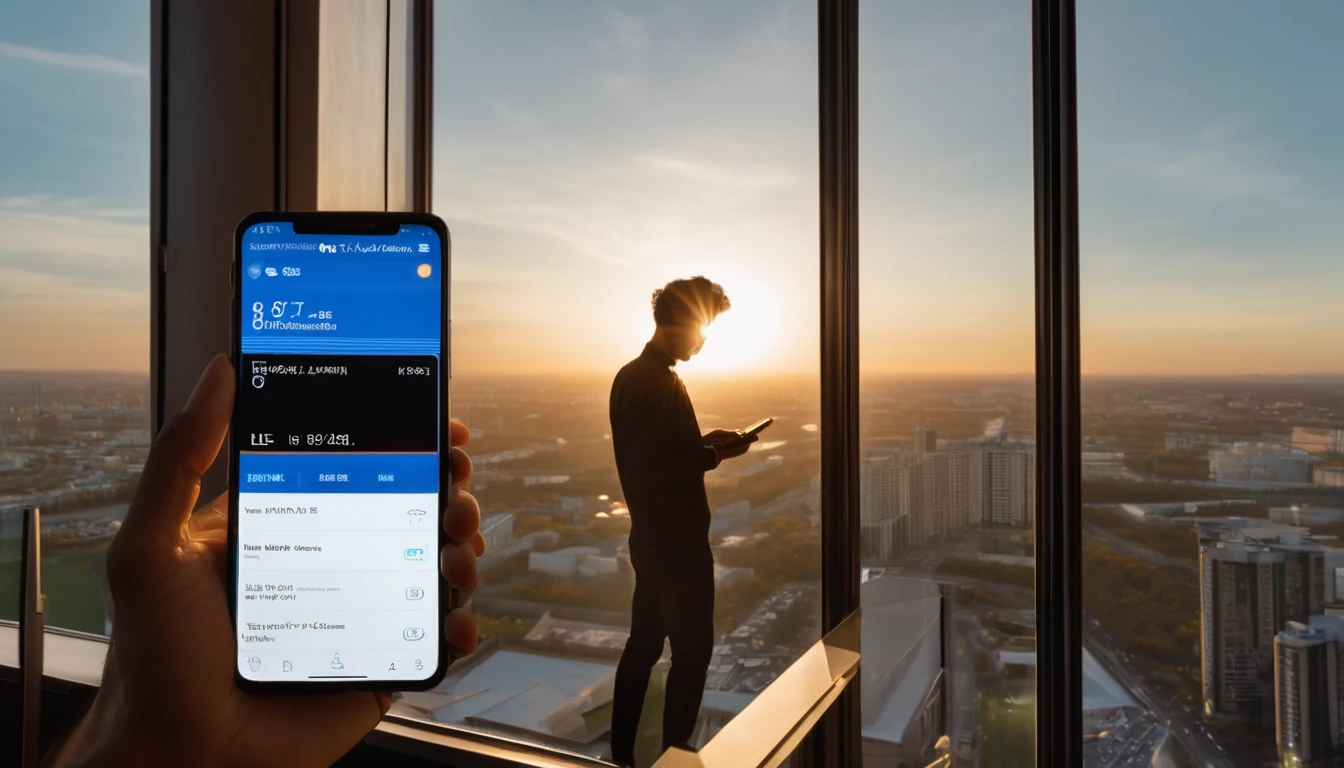Choosing the best eSIM for Europe in 2025 comes down to what you actually do on the road: how many countries you’ll cross, how much data you burn, whether you need 5G, and if hotspot tethering matters. Pricing is competitive, but not all “Europe” eSIMs are equal—some throttle after small “unlimited” buckets, some exclude popular destinations, and others won’t let you tether at all. This guide compares Europe-ready eSIMs by price per GB, 5G access, hotspot policy, and fair-use rules, so you don’t discover limits at the worst time (like mid-ride-share across borders).
For most travellers, Simology’s regional plan is a standout: consistent 4G/5G coverage across key countries, transparent allowances, hotspot enabled, and simple top-ups. If you’re mainly in one country, a local eSIM (e.g., France, Italy, Spain) can push price per GB down even further. Flying via the US or Canada? Pair a Europe eSIM with a North America plan to stay connected gate-to-gate. Below is how to choose, what to expect, and the fastest way to avoid fair-use surprises.
Quick verdict: the best eSIM for Europe in 2025
- Best overall for multi-country trips: Simology Esim Western Europe — multi-country coverage, hotspot allowed, fair-use clearly stated, easy top-up.
- Best value if staying in one country: Simology country eSIMs such as Esim France, Esim Italy and Esim Spain — usually the lowest price per GB.
- Best for transatlantic travellers: Pair Esim United States or Esim North America with a Europe plan for seamless coverage on both sides.
- Best for teams and frequent flyers: Managed accounts via For Business — pooled visibility, cost control, consolidated billing.
If you’re unsure which countries are covered, start with the full list on Destinations.
How we compared Europe eSIMs
- Price per GB: Divide plan price by included GB. Ignore “unlimited” claims unless a clear daily/total high-speed cap is disclosed.
- Coverage footprint: Number of countries, inclusion of the big four (France, Italy, Spain, Germany) plus the UK, Nordics, Benelux, Portugal, Switzerland and popular Balkans.
- Network quality: Access to top local operators and 5G in major cities; no permanent throttling.
- Hotspot/tethering: Explicitly allowed by default.
- Fair-use policy (FUP): Transparent thresholds, reasonable roaming terms, and no punitive restrictions for normal travel use.
- Ease of use: Instant delivery, QR installation, quick top-ups, responsive support.
Simology’s regional and country eSIMs score well on the above, particularly on price-per-GB transparency and hotspot inclusion.
The best Simology picks for Europe
Esim Western Europe — top pick for most travellers
Who it’s for: - City-hoppers doing 3–12 countries in one trip - Families or remote workers who rely on hotspot - Travellers wanting simple top-ups and a single eSIM across borders
What you get: - Broad multi-country coverage across Western Europe with 4G/5G where available - Hotspot/tethering enabled - Clear, upfront data allowances with straightforward price-per-GB - Friendly fair-use terms intended for travel (not permanent roaming)
Why it’s hard to beat: - You avoid the SIM shuffle at borders and keep one APN and one data monitor - 5G in major hubs for quick downloads and video calls - Competitive price-per-GB compared with typical regional packs
Consider if: - You’re mostly staying in one country (a local eSIM may be cheaper per GB) - You need calling minutes (data-only eSIMs use VoIP apps; pair with your primary SIM for voice/SMS)
Check availability and covered nations on Esim Western Europe and confirm your route against Destinations.
Country eSIMs — the best price per GB when you stay put
If your itinerary centres on a single country, local plans often win on value and sometimes on peak speeds.
- France: See Esim France for dense 5G in Paris, Lyon, Marseille and strong rail-corridor coverage. Excellent for city weekends and Riviera road trips.
- Italy: Esim Italy offers solid 5G in major cities and coastal belts; good for hotspots on trains and ferries.
- Spain: With Esim Spain, coverage is wide across cities and islands; great for digital nomads needing steady tethering.
Choose a country eSIM when: - You won’t cross borders or only do a quick day trip - You want the lowest cost per GB and plan to stream or hotspot frequently
Transatlantic and multi-region itineraries
Connecting through North America? Avoid airport Wi‑Fi hunting by pairing your Europe eSIM with a North America plan:
- USA only: Esim United States
- US/Canada/Mexico: Esim North America
Install both profiles before you fly, then toggle data lines per region. If you’re organising trips for teams or events, centralise management with For Business. Travel brands and creators can explore partnerships via the Partner Hub.
Fair-use policies in Europe explained (and how they affect you)
Fair-use policies exist to prevent abuse of roaming and unlimited plans. Here’s what matters in practice:
- Roaming vs “local”: Most Europe eSIMs are regional roaming bundles. That’s fine for travel, but networks may apply FUP while roaming, such as deprioritisation or caps during congestion.
- “Unlimited” usually isn’t: High-speed data often has a daily or total cap (e.g., 1–5 GB/day at full speed, then throttled). If a plan says unlimited, look for the high-speed allowance first.
- Hotspot limits: Some providers block tethering or throttle hotspot specifically. Simology plans allow hotspot by default unless stated otherwise.
- Country exclusions: Not every “Europe” plan includes Switzerland, the Balkans or microstates. Confirm the exact list on Destinations.
- Usage window: Plans run for a set validity period from first activation; unused data may not roll over.
Practical takeaways: - Pick a plan with a clear high-speed allowance if you work on the go. - Expect speed variation at busy times or on rural routes; try different network selections if your device allows. - For long trips, buy a sensible base allowance and top up rather than chasing “unlimited”.
Step-by-step: how to choose the right Europe eSIM
1) Map your route - List every country and the number of days in each. - If 3+ countries, lean towards Esim Western Europe; otherwise a country eSIM may be cheaper.
2) Estimate your data need - Light (maps, messages, occasional rides): 3–5 GB/week - Moderate (social, short video, hotspot for email): 6–10 GB/week - Heavy (HD video, frequent hotspot/video calls): 12–20 GB+/week
3) Decide on 5G vs 4G - If you upload media, join video calls, or plan to tether often, choose 5G access where available.
4) Confirm hotspot - Ensure your plan explicitly allows tethering if you’ll share data to a laptop or tablet.
5) Plan your dual-SIM setup - Keep your home SIM active for calls/SMS, but set the eSIM as your data line and switch data roaming off on your primary SIM to avoid bill shock.
6) Check device compatibility - Most recent iPhone, Samsung Galaxy, Google Pixel and other flagships support eSIM. If unsure, consult your device specs.
7) Buy and install early - Purchase from Simology, scan the QR code, and add the eSIM before departure while on good Wi‑Fi.
8) Test and label - Toggle mobile data to the eSIM briefly at home to confirm activation. Name it “Europe Data” (or country) to avoid confusion.
Activation and on‑trip checklist
Before you fly: - Install your eSIM profile over Wi‑Fi. - Set the eSIM as “Mobile Data” line; turn data roaming off on your primary SIM. - Download offline maps; update apps while on Wi‑Fi.
On arrival: - Toggle the eSIM data line on. - Ensure Data Roaming is enabled for the eSIM line. - If speeds seem slow, briefly toggle Airplane Mode or select a different partner network in Settings.
During your trip: - Monitor data usage in your phone settings. - Hotspot when needed; disable when idle to save battery and data. - Top up through your Simology account if you’re running low.
Pro tips to save data and avoid surprises
- Use Low Data Mode/ Data Saver on your phone.
- Disable auto-play for video in social apps.
- Cache music and podcasts on Wi‑Fi.
- Prefer Wi‑Fi for big backups; pause cloud photo sync while roaming.
- Use Wi‑Fi calling for voice; WhatsApp/FaceTime use your existing number even on a data-only eSIM.
- For road trips, keep offline maps for every country you’ll cross.
- If you’ll be in the US before/after Europe, install Esim United States or Esim North America in advance.
FAQ: Europe eSIMs
1) Will my phone work with a Europe eSIM? - Most recent iPhone (XR/XS and newer), Google Pixel (3 and newer), and flagship Samsung devices support eSIM. Region-specific models vary. If in doubt, check your device settings for “Add eSIM” or consult the manufacturer’s specs.
2) Can I use hotspot/tethering with Simology eSIMs? - Yes, Simology plans allow hotspot unless stated otherwise on the specific product page. Tethering performance depends on local network conditions.
3) How fast is 5G in Europe? - In major cities, typical real-world 5G ranges from 150–500 Mbps, with higher peaks possible. Speeds vary by network, location, and time of day, and can be managed during congestion.
4) I’m visiting 8–10 countries in two weeks. What’s best? - A regional plan like Esim Western Europe keeps things simple across borders. If you’ll spend 5+ days in a single country with heavy usage, add a local eSIM (e.g., Esim France or Esim Italy) for cheaper per‑GB data during that block.
5) Do I need to show ID to buy an eSIM in Europe? - Most data-only eSIMs in Europe do not require ID, but requirements vary by country. If verification is required, Simology will prompt you during checkout.
6) Can I keep my WhatsApp number and receive texts from my bank? - Yes. Your WhatsApp stays linked to your number. Keep your physical SIM active for SMS; set the eSIM as data-only and turn off data roaming on the primary SIM to avoid charges.
The bottom line
The best eSIM for Europe is the one that matches your route, data habits, and need for 5G and hotspot. For most travellers crossing multiple borders, Simology’s Esim Western Europe combines solid coverage, transparent allowances, and tethering without hoops. If you’ll camp in one country, local eSIMs like Esim France, Esim Italy or Esim Spain usually deliver the lowest price per GB. Flying via the US or Canada? Add Esim United States or Esim North America for smooth connectivity end to end.
Next step: Compare coverage and pick your plan on Esim Western Europe.




